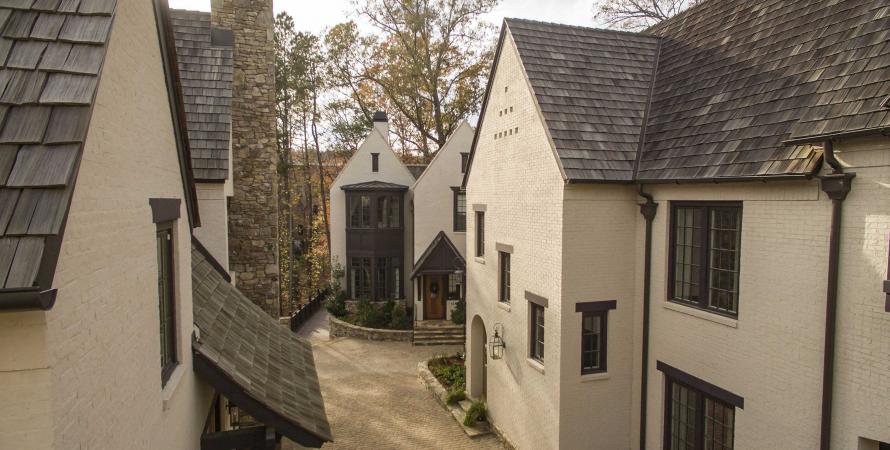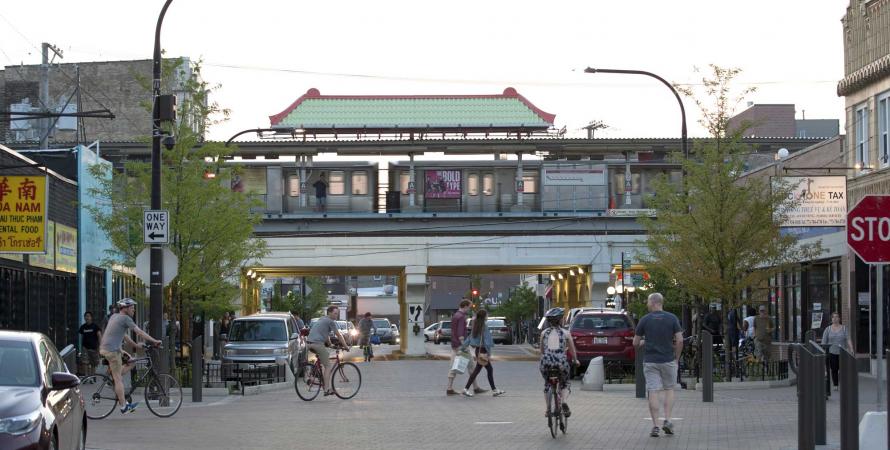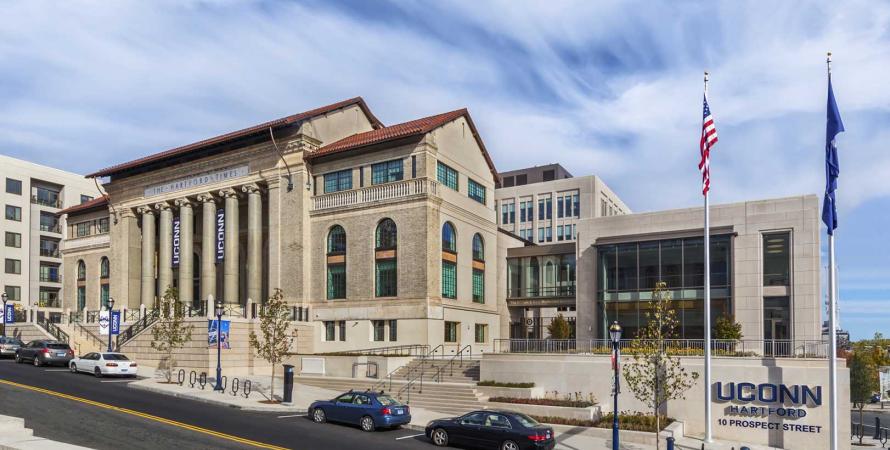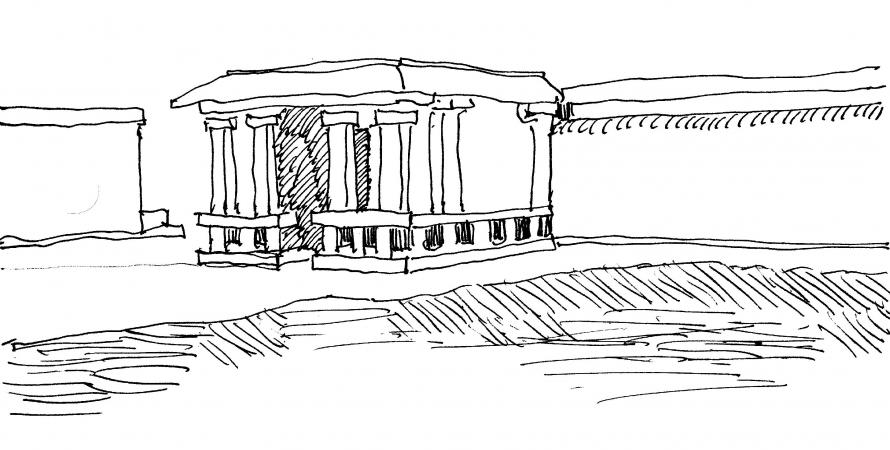-

Pedestrian village in a natural landscape
The project inverts the usual relationship between car and human in land development.Swann Wynd incorporates a range of housing types and uses along an emphatically pedestrian-oriented right-of-way that links a main street and an artists’ village that are a quarter-mile apart by automobile. The pedestrian way includes sections of path, a footbridge, and a street—but mostly it is...Read more -

Shared street connects culture and community
The three-block Chicago street design creates a plaza-like feel by raising the street and eliminating raised curbs.Chicago is showing how change in public infrastructure can transform a neighborhood with drug and gang problems. Located in the ethnically Asian Uptown neighborhood, Argyle Shared Street is a shared-use, pedestrian-prioritizing streetscape. “This project creates an area that is more walkable, more...Read more -

A campus opens up to the city
A recent UConn relocation from a leafy suburban campus to downtown Hartford, Connecticut, follows wider urban trends.Four decades after moving its campus to suburban West Hartford, the University of Connecticut moved back to downtown Hartford—bringing mixed-use development and the revitalization of the Hartford Times Building, a neoclassical landmark. Because the suburban campus had been difficult for city-based...Read more -

Budgeting for a fractal city: Campus design, part 5
Most funding should go to small projects in a living city. Instead, funding is often skewed toward large projects.Author’s note: This is the fifth in a series of ten essays that present innovative techniques for designing and repairing a corporate or university campus. These tools combine New Urbanist principles with Alexandrian design methods. The present-day project funding formula — skewed towards the...Read more